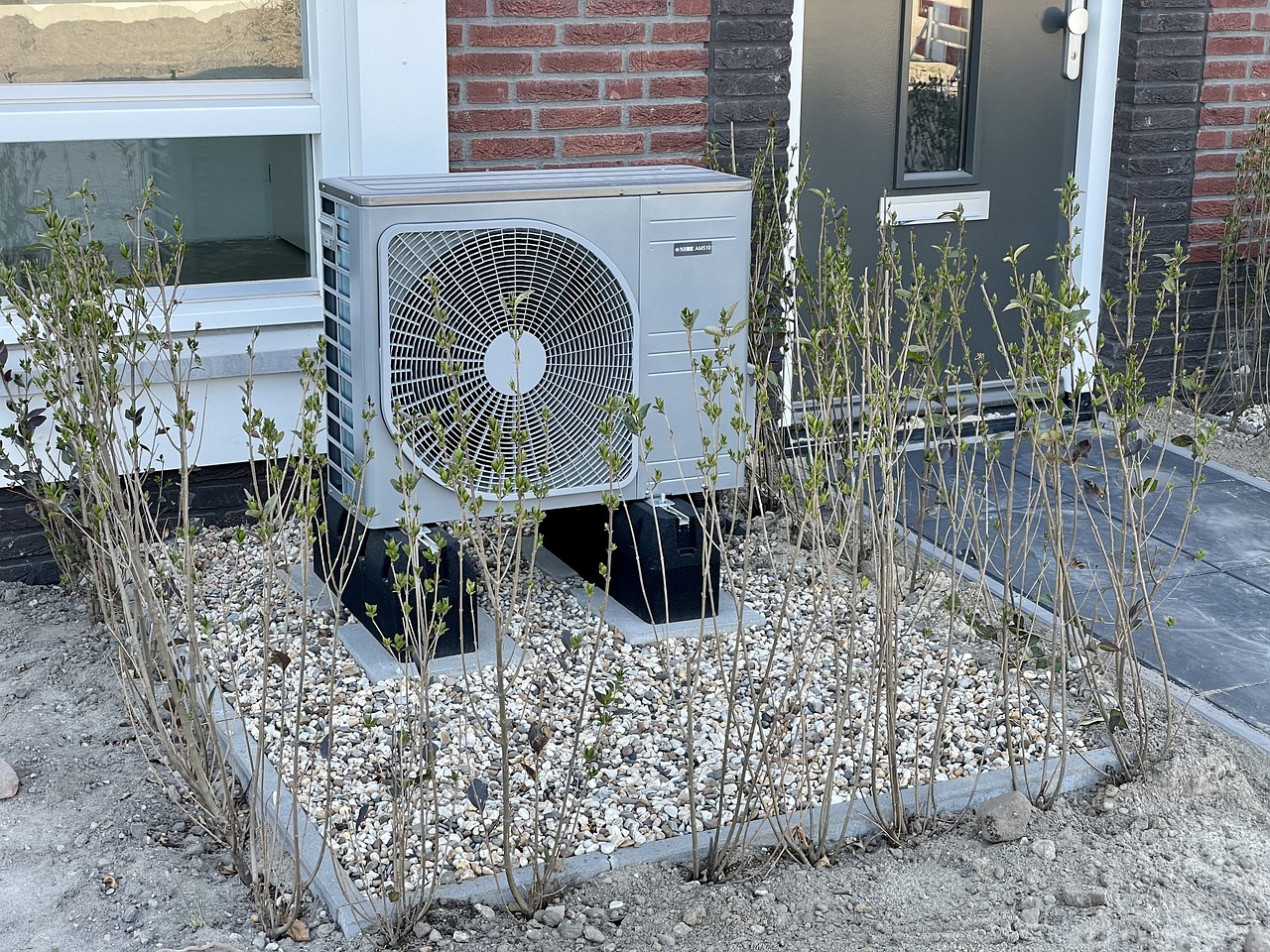
Vocabulary:
- hail /heyl/
- greenhouse gas /GREEN-hous gas/
- focus /FOH-kuhs/
- obstacle /OB-stuh-kuhl/
- decarbonize /dee-KAHR-buh-nahyz/
[verb] – to publicly praise or show approval for a person or an achievement
Heppner is hailed as one of the best tenors performing in opera today.
[noun] – a gas that causes the greenhouse effect, especially carbon dioxide
The increasing concentration of greenhouse gases in the atmosphere is a major contributor to global warming.
[verb] – to direct attention toward something or someone
He struggled to focus on his work as the bustling noise from outside the window kept distracting him.
[noun] – something that blocks you so that movement, going forward, or action is prevented or made more difficult
The high wall served as an obstacle to the trespassers, preventing them from entering the secure facility.
[verb] – to stop or reduce carbon gases, especially carbon dioxide, being released into the atmosphere as the result of a process, for example the burning of fossil fuels
The government has set a target to decarbonize the economy by 2050, to reduce greenhouse gas emissions and mitigate the impacts of climate change.
Article reading:
The project focuses on overcoming the obstacles facing individual homeowners by designing a heat pump system that can be delivered at scale. By designing a heat pump system that can be used across streets, towns, and cities, the project provides a model for other urban spaces worldwide to follow. The UK government’s climate advisory body states that by 2030, around a quarter of UK buildings should be heated using heat pumps, rising to 52% by 2050. Electrifying heating is also key to decarbonizing buildings in the US, and heat pumps are considered the “single most impactful lever” for reducing emissions, according to a study in San Francisco.
The success of the Stithians project could provide a blueprint for other communities to follow in the race to decarbonize heating. By providing warmth to individual homes while reducing greenhouse gas emissions, communal heat pump networks could be the answer to the climate crisis. The world is facing an urgent need to transition to clean energy sources, and heat pumps could play a crucial role in meeting that need.
Discussion Questions:
- Do you have a heat pump at home? If so, have you noticed any changes in your energy bills since switching to a heat pump? If not, would you like to have one? Why?
- What advice would you give to someone who is considering purchasing a heat pump?
- What would happen if everyone in the world used heat pumps?
- Do you believe that communal heat pump networks are the solution to decarbonizing heat in urban and rural areas?
- Is it crucial for the world to transition to clean energy sources in the face of the climate crisis? Why or why not?
Summarization
Describe:
- town
- worldwide
- reduce
- blueprint
- crucial